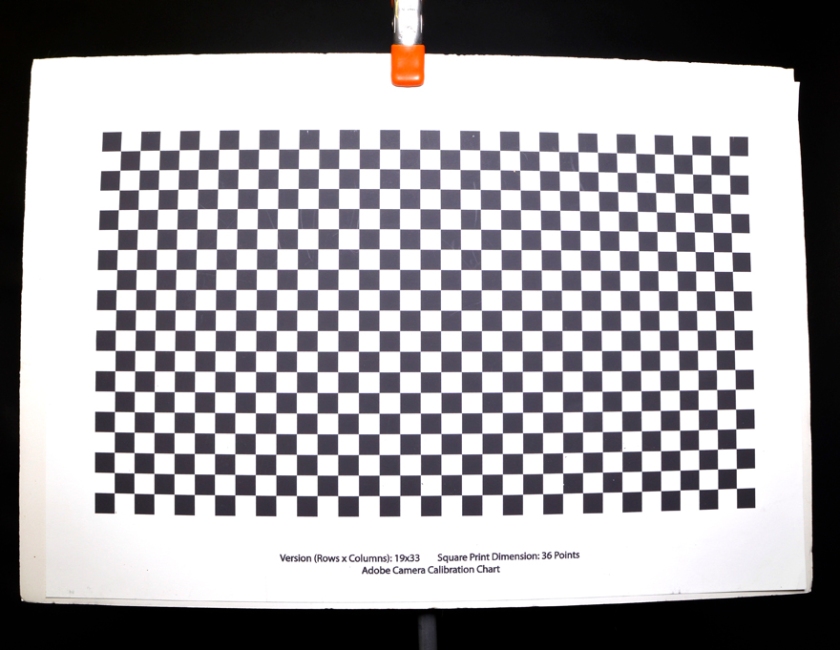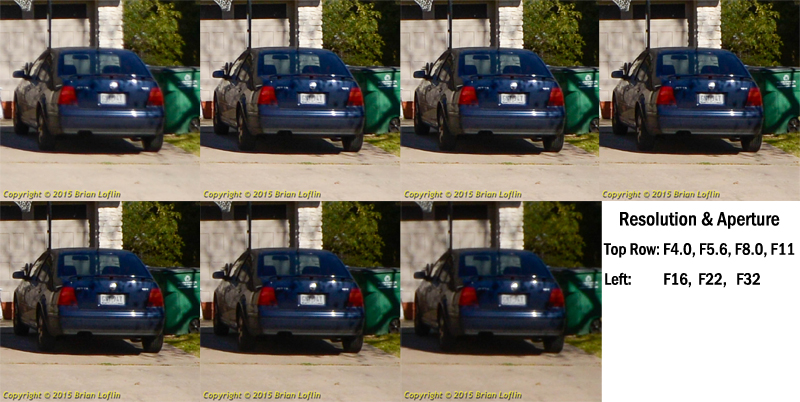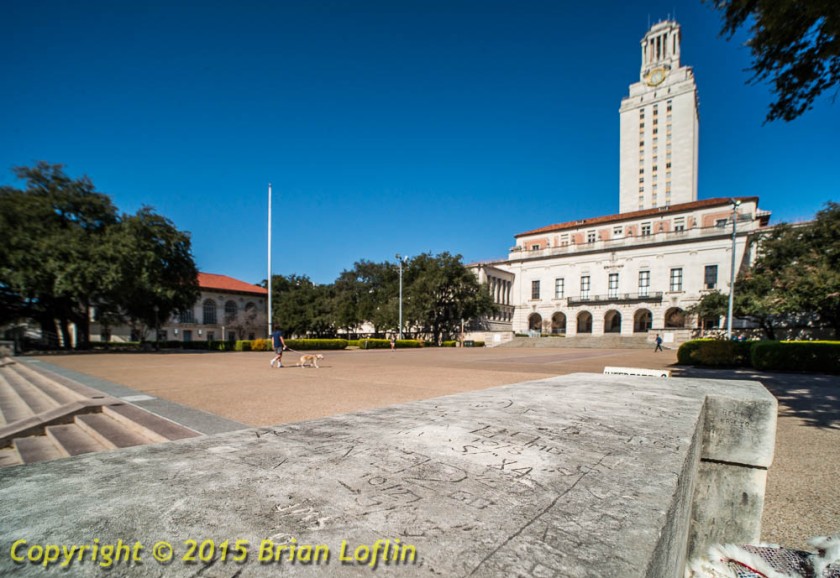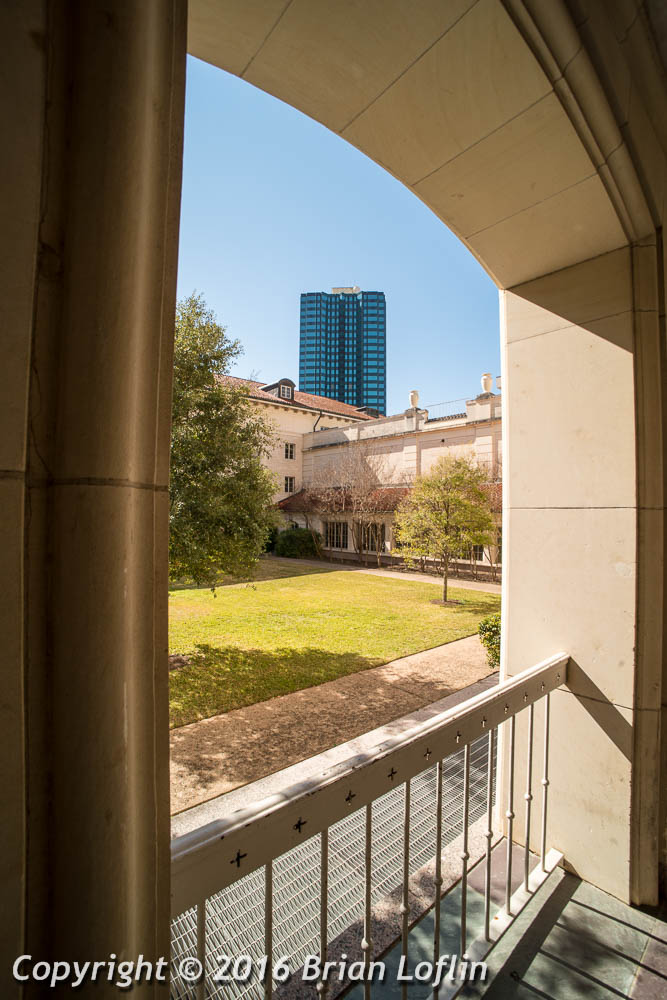Nikon D800, 15mm F4.0 LAOWA Wide Macro lens.
SPECIFICATIONS
- Focal Length 15mm
- Construction 12 elements 9 groups
- Focus Manual
- Aperture Manual
- Aperture, Maximum 4.0
- Aperture, Minimum 32
- Aperture 14 blades
- Angle of view 1100 31’’ (Full Frame Camera)
- 850 52” (APSC)
- Minimum Focus Distance 122mm (4.8 in) from sensor
- 4.7 mm (0.19 in) from front element
- Magnification 1:1
- Shift +/- 6mm
- Filter threads 77mm
- Dimensions 83.8 x 64.7mm (3.3 x 2.54 in)
- Weight 410 gm (13 oz)
OVERALL IMPRESSIONS
Upon reading of this new lens from Venus Optics I was skeptical of its performance. It always seems that when manufacturers try to put lots of capabilities into a single package, something ends up being a compromise.
Upon handling the product for the first time, I was impressed by the clean lines and smooth operation. The focus was smooth from minimum to infinity and required only a quarter of a turn of the barrel. The focus scale read in meters from 0.12m to Infinity. The barrel was also marked in Magnification units from 0.1:1 to 1:1. Upon focusing to minimum, the lens length increased only 1/4 inch, short for a macro lens. There was no turning of the barrel so filter orientation was not affected.
The aperture ring was marked from F4.0 to F32 and had no click stop detents. The separation of the aperture indices was very small and much care was required to accurately line up the index. The aperture ring was smooth and had no slippage.

It was interesting to note the lens had a Depth of Field Scale marked on the barrel, a feature seldom found on today’s electronic aperture lenses. The difference from max DoF to min DoF is a very small change of about 2mm rotation of the focus ring.
The lens is stated to be “Tilt-Shift” when in fact, the lens shifts up and down in the horizontal camera orientation only. No tilt is available. The shift moves +/- 6mm and is stopped by a locking lever and solid detents. The shift was somewhat stiff upon use. This should not be an issue on a tripod and may become smother with use.


Front filter threads are standard 77mm and with a lens of this wide angle thin filters must be used to prevent vignetting. The lens is supplied with a tulip shape lens hood and front and rear caps. When the lens hood is in place significant vignetting occurs in the full upward shift position of the lens on the Nikon D800 full frame sensor. This is said not to occur with a crop (APSc) sensor camera.

Nikon D800, 15mm F4.0 LAOWA Wide Macro lens-Vertical shift-Note lens hood vignette.
APERTURE
The first standard test was to measure exposure consistency along the full aperture range. The test was made with a standard photographic gray card in ideal, even illumination. Aperture priority mode and spot metering was used. The camera and gray card standard were tripod mounted. As previously stated the aperture markings were small and indexing was critical. Upon examination of resultant images it was discovered there was an inconsistency in exposure from wide open maximum aperture to minimum aperture.

Reflection density results are as follows:
•F4.0 = 58.7 • F5.6 = 58.9 • F8.0 = 57.8 •F11 = 54.2
•F16 = 52.6 • F22 = 48.6 •F32 = 41.1
FOCUS
Focus was evaluated using a standard Adobe Lens Calibration chart. Aperture selected was F11. Under image magnification, there was slight falloff at the horizontal ends of the frame, yet little falloff at the top and bottom of the horizontal frame.

RESOLUTION
Lens resolution tests could not be conducted empirically at this time in the studio/lab. However, when distant images were examined at magnification there were significant failures in sharpness both at the small and large ends of the aperture scale. It was perceived that only F8 and F11 were truly sharp. F4 and F5.6 were soft and F22 and F32 were unacceptable.

MINIMUM FOCUS DISTANCE
As a close focusing wide angle lens, this model performed as expected. Knowing that F8.0 was sharpest, several test images were made with near foreground and distant subject detail. This is an example of that performance.

The real test was to examine images shot near the Minimum Focus Distance while looking for distant background detail. Most wide angle lenses can produce tremendous Depth of Field; super wide angle lenses even more so. This lens employs a two stage focus where the near and distant focus occurs in one movement of the optic and extreme close up focus occurs as a result of a simple lens extension, similar to the use of a very thin extension tube. Expectations in performance due to that construction configuration were great.
When it came to the actual test, two things were rapidly apparent: the lens hood was in the way and the subject was so close to the front glass that it was often in shadow of the lens.

The first image of the flower and its environment was made at a magnification of 0.8:1 as marked on the lens barrel. It works rather satisfactorily. However, remember, I felt that F8 was the only sharp aperture which resulted in not having the detail in the background that I would have liked.
The second image of the flower was shot at 1:1 as marked on the barrel. It is nice and the center point of focus is very sharp. (See the cropped inset below). Interestingly, some of the flower petals are actually touching the front glass element. The lens hood was removed to get the flower in position and managing appropriate light on the flower was extremely difficult. These conditions were disappointing.


COLOR REPRODUCTION
In this series of samples, the lens did not reproduce any significant chromatic aberration. In a couple of the building images a very slight amount of red fringing was noticeable in the highlights at 10:1 magnification. What small amount of fringing present was easily corrected in software.
DISTORTION
As one can imagine there can be distortion with this lens just like any other super wide angle optic. And there is. What’s interesting is that when used correctly and held square to the subject there is little vertical perspective distortion. (See the building image above) But move only a few degrees from square and that error is extremely noticeable. (Below)

Fortunately for this lens the shift movement helps correct the issue. It is disappointing not to find the shift movement in both axes. Even old PC lenses have the ability to turn the barrel 90 degrees so that shift is available in both axes. (See shifted images far above.)
When used with vertical structures close to the edges of the frame, barrel distortion becomes evident. However software fixes are available for this error.

SUMMARY
For the LAOWA 15mm F4.0 Wide Macro lens to perform perfectly under all conditions was an exaggeration at best. The lens did well at many of the tasks performed. As a super wide angle lens it did well when used properly except for the higher F stops. As a macro lens, the detail was good near the macro end of the scale. Again, poor resolution at the higher F stops resulted in a lack of great Depth of Field. This is a shortcoming of lenses in the macro range but since F16, F22 and F32 are not sharp with this lens, this characteristic is a disappointing shortfall. In the two scenarios the use of the lens hood was a problem; when the lens was shifted upward (or downward) and when used at the close focusing distances.
For the casual shooter this can prove to be a useful lens, especially for the price. Canon and Nikon lenses are generally four times the price. And, to get the most from this optic, its shortcomings must be known and used in a manner that will minimize these shortfalls. When used properly and within known limitations, this lens can perform rather well.
For more specialized photographers however, the overall capabilities do not meet expectations. Both Canon and Nikon market top-of-the line tilt-shift lenses in focal length from wide angle to short telephoto. These lenses perform flawless at the tasks for which they were designed. These manufacturers also offer macro lenses in several focal lengths that produce macro images at 1:1 of the very highest caliber. If you need the best in these areas, you must pay the price.
Copyright © 2016. All rights reserved.





